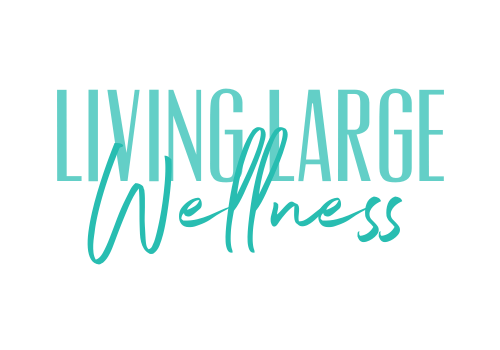HIIT Workouts: When It’s Too Much
Do you ever force your body to work constantly even if you know deep down that it is telling you to rest?
Hey, I’ve been there!
The problem most people make with HIIT (high-intensity interval training) is they do it TOO MUCH!
When you overdo HIIT workouts, the body starts to break down rather than build up.
I used to be guilty of this all the time when I worked at a gym. I used to push it to the max all the time!
Every single HIIT workout was f*cking hard.
My body = tired
My mind was telling me that tiredness is a choice and to push through.
I ignored the fatigue and masked it with caffeine on the reg just to get it in.
My mind and body weren’t in sync until the day that my body started shutting down…more on that later.
For now, I want to tell you about the minimum effective dose!
How much can you get away with while doing the least amount of work?
The idea is that you ALWAYS want to give yourself room to wiggle. In other words, you can’t operate at 100% all of the time. You need to take your foot off of the pedal sometimes and allow your body to be efficient at a different pace.
Every single day of HIIT is overkill.
You can only train as hard as you recover. Most people do not make time for recovery.
How To Start A HIIT Program
1. Calculate your max heart rate
220 – (your age) = your max heart rate.
2. Calculate your low-intensity heart rate zone
Low intensity = 60% – 80% max heart rate.
Let’s use 70% for the sake of the example.
.70 (70%) x your max heart rate = your low intensity heart rate zone.
3. Calculate your high-intensity heart rate zone.
High intensity = 80% – 90% max heart rate.
We will use 90% here for the example.
.90 (90%) x your max heart rate = your high intensity heart rate zone.
4. Start with one day per week at 20 minutes
My favorite HIIT workout is doing sprint EMOMS (every minute on the minute). Sprint for 10s and walk for 50s.
Walking would obviously be your low-intensity work and sprinting would be high.
Monitor your heart rate and see if you are getting in the zones you calculated above!
5. Recover wisely
Make this a priority for the day of and after these kinds of workouts.
6. Increase gradually as your fitness improves or as you plateau
Try two days per week.
Go slow.
Allow your body time to gain positive benefits from the stress of exercise and recovery.
You can always add in more intensity later. Don’t dig yourself into a hole of fatigue like I did. I honestly saw no benefit to my workouts after a certain point (my health actually declined).
You can do this!
Remember the minimum effective dose is where you want to be for maximum efficiency.
Krista
PS. Sometimes it is just easier to listen to someone else. Someone to help guide you to the next steps and hold you accountable. If you feel me, I am feeling you too! Book a time on my calendar in three easy steps to see what the power of changing your habits around food and exercise could do for you!
You can learn more about me and how I change lives here at livinglargewellness.com

